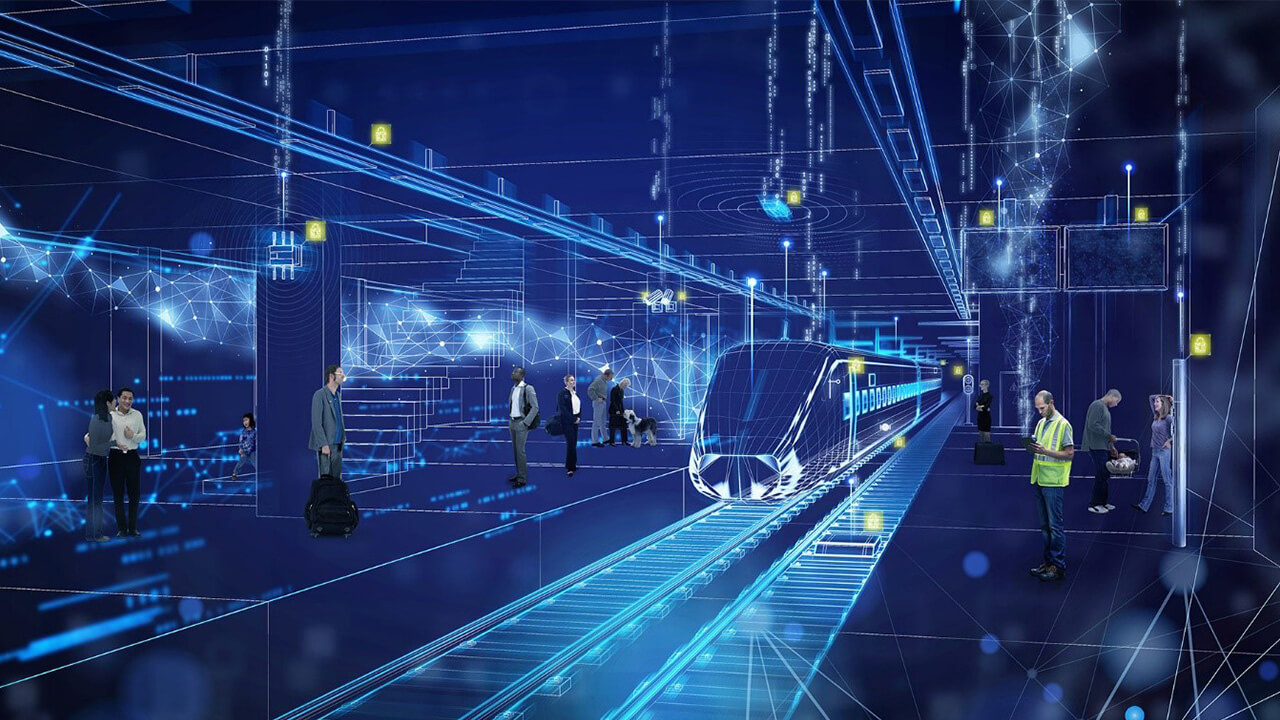Contact Info
133 East Esplanade Ave, North Vancouver, Canada
Expansive data I/O tools
Extensive data management tools
Dataset analysis tools
Extensive data management tools
Data generation tools to increase yields
Top of the line hardware available 24/7
AIEX Deep Learning platform provides you with all the tools necessary for a complete Deep Learning workflow. Everything from data management tools to model traininng and finally deploying the trained models. You can easily transform your visual inspections using the trained models and save on tima and money, increase accuracy and speed.
High-end hardware for real-time 24/7 inferences
transformation in automotive industry
Discover how AI is helping shape the future
Cutting edge, 24/7 on premise inspections
See how AI helps us build safer workspaces

Railway trains and tracks are complicated systems that require continuous inspection, management, and maintenance. To facilitate the tedious and time-consuming visual inspection process, Advanced Inspection Experts Inc. (AIE) presents a brilliant inspection system based on AI.



Recently, artificial intelligence (AI) has attracted railroad industry managers at a rapid pace. The growing number of passengers, planning complex route networks, keeping up with tightly scheduled timetables, and balancing passenger and freight traffic, are big challenges in this industry. These problems arise in large part due to difficulties in the integration of various systems such as signaling, telecom, operation, rolling stock, electrical, information technology, traffic, and infrastructure, as well as human factors.
Railway trains and tracks are complicated systems that require continuous inspection, management, and maintenance. The cost and burdens associated with a derailment incident can be catastrophic for an organization. A meticulous visual inspection of rail tracks is crucial to ensure the safety of railroads. Thus, an inspection of the tracks is a routine task in the railway industry to ensure a high level of safety, and smooth operation. Since broken rails are considered the main culprit in freight-train derailments, they are generally the most inspected parts and most of the inspection times are spent on them to detect defects in welding joints, rail surfaces, switches, crossings, and fastening systems. In addition to rails, tens of thousands of wheels, as well as tens of thousands of miles of track, are expected to be monitored on a daily basis. This constant inspection can be quite tedious for staff. Even employing cameras for visual inspection, still puts the burden of evaluating images on the operators, and leaves room for human error. To facilitate the tedious and time-consuming visual inspection process, Advanced Inspection Experts Inc. (AIE) presents a brilliant inspection system based on AI. AIE’s solution cuts down the probability of derailments and greatly reduces the operator’s workload. Our AI-powered system not only automates the processes, but also helps to extraordinarily enhance the efficiency, flexibility, and safety of railroad operations. We give the railway companies the opportunity for a high-speed, real-time inspection of train wheels and tracks. Our facilities can detect all wheel cracks, rail splits, missing bolts, etc., which are the most challenging issues railway companies have to deal with.
Our software rapidly photographs the railway and wheels using on-location cameras and drones and processes the images with our state-of-the-art AI-assisted algorithm. At this stage, our system provides an instant evaluation of key assets on the move. As soon as a defect is discovered, the software alerts technicians to fix or replace the damaged parts.
There are many more use cases for our AI-powered system in the railroad industry. Some of these applications are listed below:

An AI-powered system can improve the efficacy of organizational systems, operations, manufacturing, and maintenance for rail operators and infrastructure managers. Consequently, it can greatly considerably reduce maintenance costs, and enhance competitiveness. Automation of train operation (ATO) is the most critical technology to be considered by AI-powered systems. ATO transfers the responsibility of overseeing operations from the driver to the train control system, with varying autonomy. By training the AI model using the data gathered by sensors positioned on trains or infrastructure components at critical times, the machine can automatically recommend actions for safety and maintenance. According to some academic reports, AI-based predictive maintenance can reduce train switch incidents by 30%.
AI-powered organizational systems can simultaneously accomplish multiple tasks, and complete them with better accuracy compared to humans, which results in shifting technology’s position from enabler to advisor. Some of these applications include:

© 2022 Aiex.ai All Rights Reserved.